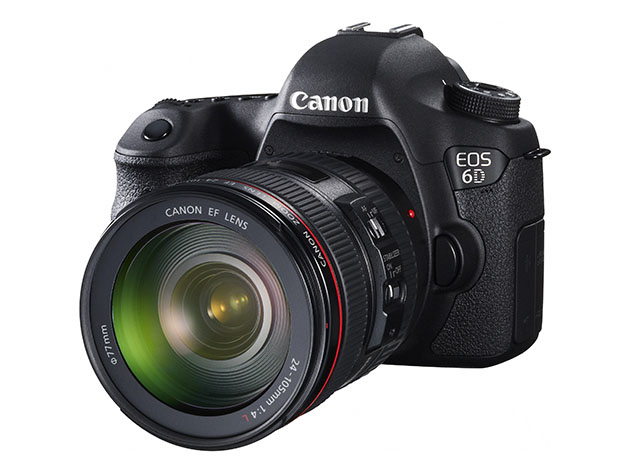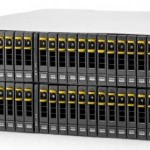
Canon and Nikon are officially going at each other again now that the EOS 6D full-frame DSLR has landed at your nearest camera store. The 6D starts at S$2,899, a lower price than Nikon’s D600, which is going for S$3,249.
While Nikon isn’t offering any kit combos with the D600, you can get the 6D with an EF24-105 f/4 L lens for S$3,899 or an EF24-70 f4 L lens for S$4,699.
As far as full-frame DSLRs go, the 6D’s much cheaper price seems a better buy. But you do get what you pay for, as the paper specifications of the D600 mostly trumps those of the 6D.
The D600 has a 24.3-megapixel sensor, more than 4 million pixels more the 6D’s 20.2-megapixel sensor. However, this should theoretically mean better noise performance on the 6D at higher ISOs, but both are sufficiently advanced that the resulting image quality probably won’t be drastically different.
You’ll get more auto-focus points on the D600: 39 points compared to only 11 points on the 6D. Canon’s decision here is puzzling, as the cheaper 7D has more AF points. In this case, the D600 will surely have an easier time finding that sweet precise focus spot you want.
There is, however, one important point regarding auto-focus. Canon claims that the 6D is able to auto-focus all the way down to -3 EV, while the D600 can only do it down to -1 EV. Photographers who shoot in low light or night time may find the 6D a more compelling option in this case.
Both DSLRs can record movies in full HD, which is pretty much the norm these days. But here, too, the Nikon has an edge. It offers in-movie auto-focus and clean HDMI output, two appealing features that the 6D doesn’t have.
Other reasons you might pick the D600 over the 6D include a faster burst speed, a built-in flash (the 6D has none; you’ll have to buy an external flash), 100% viewfinder coverage and two SD card slots.
But the 6D has its own tricks up its sleeves too. The most exciting feature is the built-in WiFi connectivity, which lets you upload images directly to the cloud for sharing or storage. The 6D can also be connected to an iPhone or Android smartphone to be remote controlled.
The D600 does have an adapter sold separately which can do pretty much the same things, but an integrated WiFi chip is still a better experience.
Other areas where the 6D has a leg-up include a higher-res LCD screen, built-in GPS, and a maximum ISO of 102,400. The high ISO is particularly interesting, as it seems that the 6D will perform well in low-light together with the low-light AF.
Both the D600 and the 6D aim to bring a more affordable full-frame camera to the market and enthusiasts looking for their next DSLR upgrade would have two distinctly different models to choose from. Nonetheless, their prices are still high enough to give pause so hobbyists may want to stick with their APS-C models until the eventual price adjustments.







The prices reported are totally misleading in the USA.
Hi JoeM, on this site, Singapore dollars are written as “S$” and US dollars are written as “US$”.
you got the price wrong, I just bought a 24-105 kit for $2699 at Adorama! This includes a $200 rebate good through 1/5/13.
Hi Curtis, I stated the retail price as officially recommended by Canon, and prices are in Singapore dollars.
Each retailer will probably have slightly different prices. Thanks for reading! 🙂